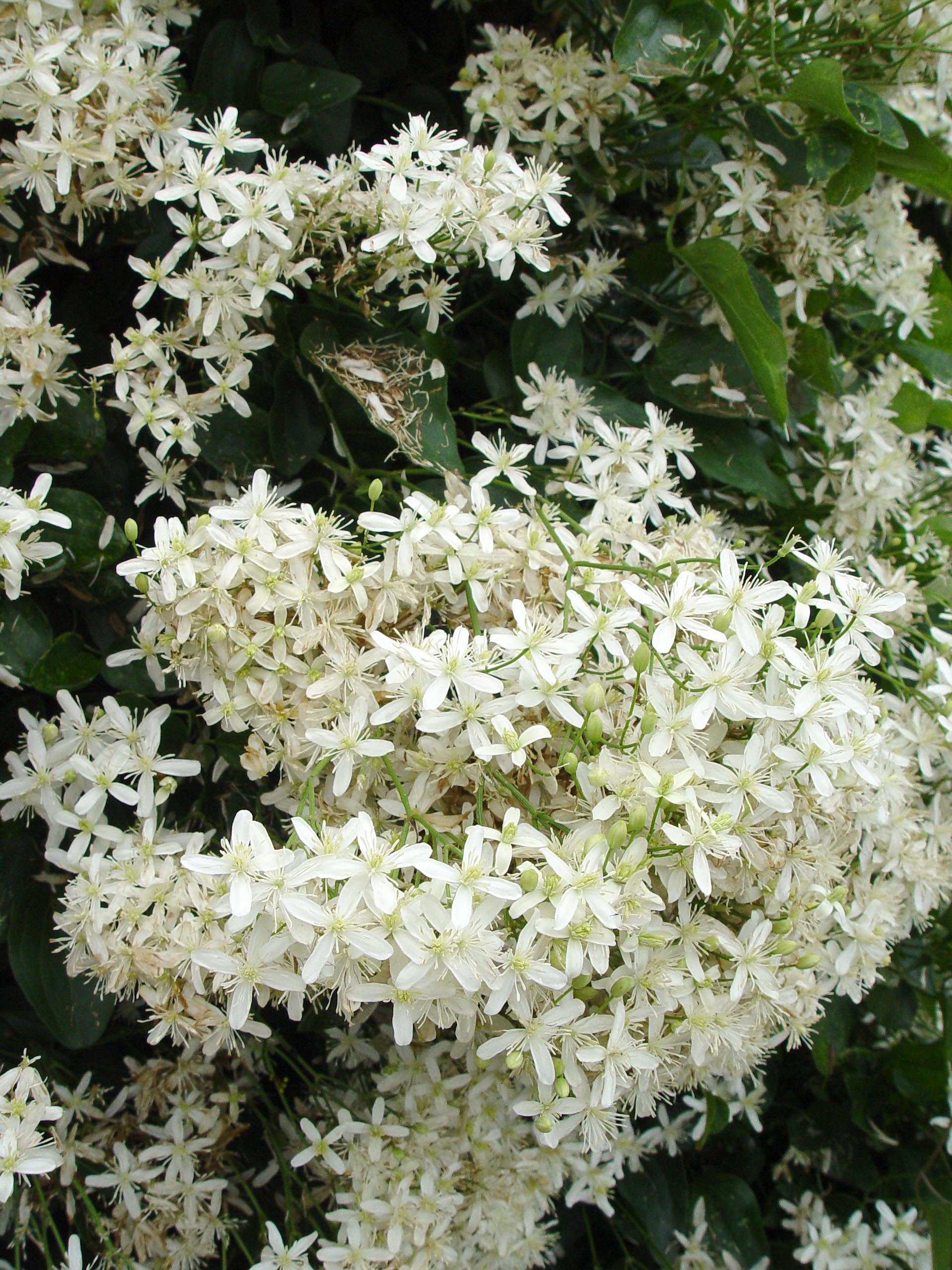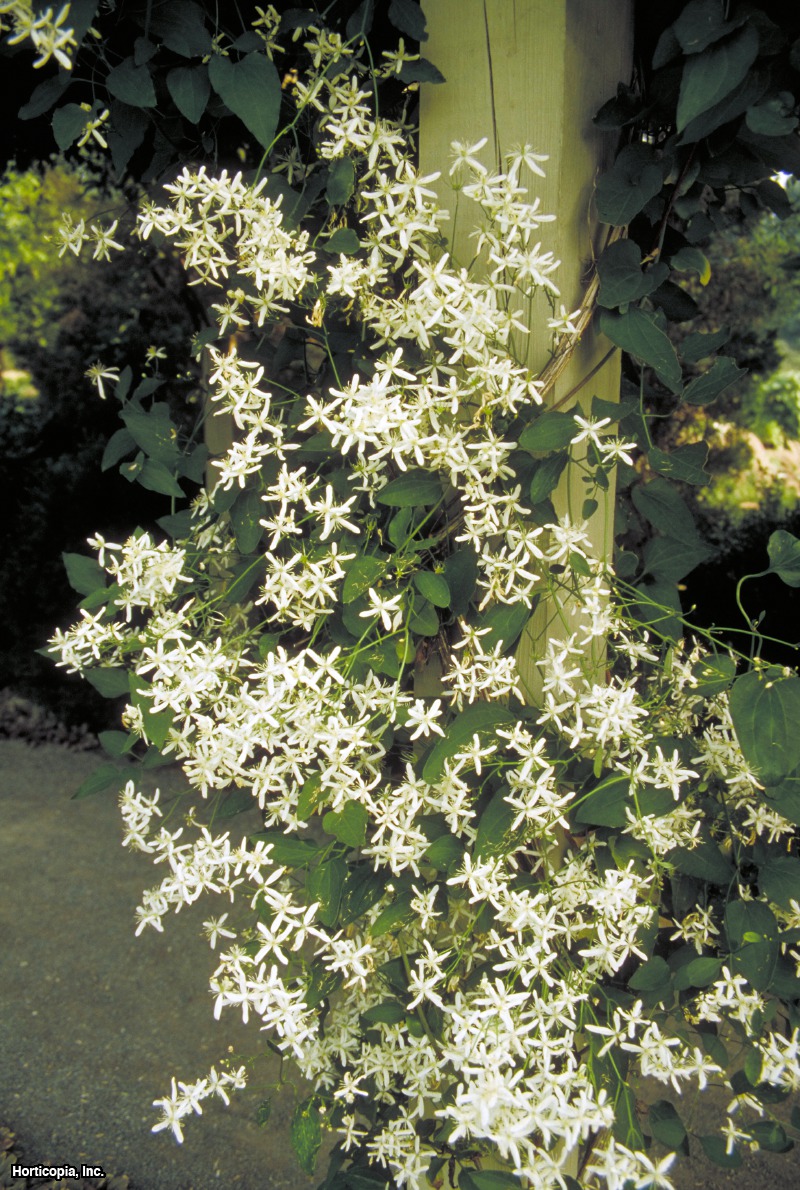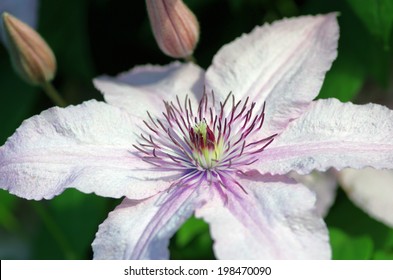

The Cherokee clematis is a lovely flower that attracts pollinators. Geographic Origin: Native to the United States.

Cherokee Cherokee Clematis – is listed as endangered species. The dark-green ovate leaflets are 1.5 to 2.5-inches in length and are used in traditional medicine. The creamy-white stamens grow up to one inch long in clusters. Cabellos de angel is one of the types of clematis that bears interesting flowers.īlooms have long, thin petals called stamens.
Geographic Origin: Native to South America, parts of Mexico, and the Caribbean.Ĭabellos de angel translates from Spanish to English as angel hairs. Cabellos De Angel Cabellos De Angel is a rather variable climbing shrub that prefers a well-drained but moisture-retentive soil Clematis dioica L. They bloom with lilac or white edges and deep fuchsia or red striped petals for a dramatic effect on any landscape.īees’ jubilee requires moderate maintenance with regular pruning after each bloom to promote new growth. The flowers of this vine are 6 to 8-inches in diameter. Bees’ jubilee clematis flowers bloom in early summer and again in early autumn. The bees’ jubilee clematis is a popular type of clematis for gardeners that want big flowers and lots of colors in their garden. #WHITE AUTUMN CLEMATIS FULL#
Sun Exposure: Full Sun to Partial Shade.Geographic Origin: Native to North America.Bees’ Jubilee Bees’ Jubilee Clematis – species of perennial woody plants from the genus Clematis of the Buttercup family. Armand clematis is a low-maintenance vine that needs minor pruning for new blooms in the following year. These flowering vines are best planted close to seating areas since the flowers give off a fragrant almond scent. The dark green leaves contrast against the small white and cream star-shaped blooms that resemble jasmine blossoms. The leaves of this variety are leathery with a long and oblong shape. The Armand clematis is an evergreen clematis variety that signals the beginning of spring with blooms in March and April.
 Geographic Origin: Native to China and Burma. Armand Armand Clematis is a heat-loving plant with white flowers that bloom in May. Plant this variety near seating areas because the flowers emit a soft almond scent when in bloom. The flowers are approximately 1 to 2-inches in diameter and prefer full to partial sun to bloom at their fullest. These vines do not need to be pruned for new growth in the following year.įrom April to May, this variety blooms in clusters of small white or pink flowers that resemble cherry blossoms. The Anemone clematis or Montana clematis is native to the eastern Himalayas. Geographic Origin: Native to the eastern Himalayas. Anemone Anemone Clematis is a very hygrophilous plant, blooms in spring and early summer. Typically, blooms are a bluish-purple, but this variety also come in shades of light pink to ruby red. The star-shaped 2-inch purple-blue nodding blooms add a pop of color to the light-green toothed lance-shaped leaflets as it climbs walls, trellises and pergolas. Pruning is not as important with this variety as it is with other types of clematis. Its flowers open in late winter or early spring and again in mid-spring. Sun Exposure: Roots in shade with full to partial sun for flowers. Alpine Alpine Clematis is this climbing plant is distinguished by abundant flowering of blue color. The small flowers are contrasted by lushly green egg-shaped, or ovate, leaves.Īddison’s leather flower blooms in midsummer and again in late summer or early fall.
Geographic Origin: Native to China and Burma. Armand Armand Clematis is a heat-loving plant with white flowers that bloom in May. Plant this variety near seating areas because the flowers emit a soft almond scent when in bloom. The flowers are approximately 1 to 2-inches in diameter and prefer full to partial sun to bloom at their fullest. These vines do not need to be pruned for new growth in the following year.įrom April to May, this variety blooms in clusters of small white or pink flowers that resemble cherry blossoms. The Anemone clematis or Montana clematis is native to the eastern Himalayas. Geographic Origin: Native to the eastern Himalayas. Anemone Anemone Clematis is a very hygrophilous plant, blooms in spring and early summer. Typically, blooms are a bluish-purple, but this variety also come in shades of light pink to ruby red. The star-shaped 2-inch purple-blue nodding blooms add a pop of color to the light-green toothed lance-shaped leaflets as it climbs walls, trellises and pergolas. Pruning is not as important with this variety as it is with other types of clematis. Its flowers open in late winter or early spring and again in mid-spring. Sun Exposure: Roots in shade with full to partial sun for flowers. Alpine Alpine Clematis is this climbing plant is distinguished by abundant flowering of blue color. The small flowers are contrasted by lushly green egg-shaped, or ovate, leaves.Īddison’s leather flower blooms in midsummer and again in late summer or early fall. 
This type of clematis has beige or rose-colored bell-shaped flowers that are around 2-inches in diameter in bloom. Sun Exposure: Full sun to partial shade.Īddison’s Leather Flower is a threatened species found predominantly in the foothills of the Appalachian Mountains in Virginia.Addison’s Leather Flower Addison’s Leather Flower is native to western Virginia, and has beige or rose-colored bell-shaped flowers.








 0 kommentar(er)
0 kommentar(er)
